
ALHAMBRA

 |
ALHAMBRA |
 |
|
|
|
the africanized spain
:: two centuries of architecture
|
|||
|
in alhambra
|
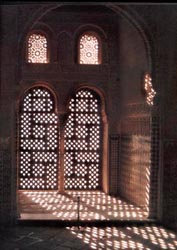 |
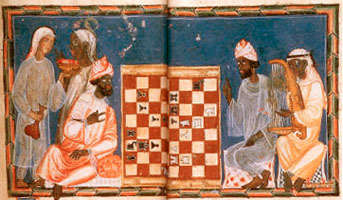 |
 |
| the mysterious light that filters the day through the windows. | 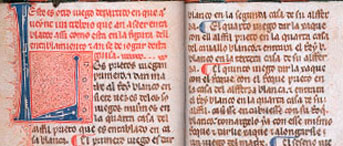 |
the court of the myrtles dominated by a large poolwhich is reflecting the Tower of Comares. |
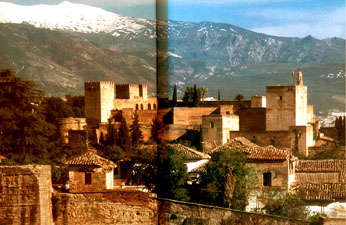 |
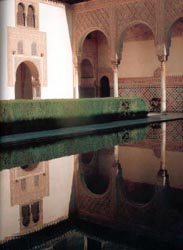
|
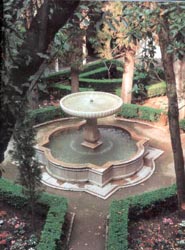
|
|
| the Alcazaba as seen in the late afternoon | 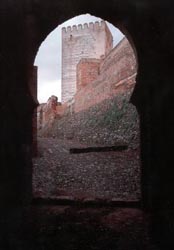 |
INSIDE THE LABYRINTH: |
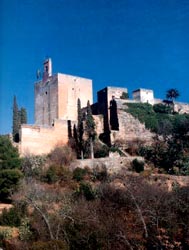 |
 |
|
| THE PALACE CITY OF ALHAMBRA | ||
|
|||
| The Palace City of Alhambra - a great ship moored between the mountains and the plains. The ALHAMBRA is the most perfectly beautiful place in the world: a monument that was designed to be seen under different lights, and to leave the viewer with the impression that a wealth of tiny details and secret corners remains always to be discovered. (the victorian travel writer Augustus Hare). |
|
Many of the brigthly colored tile-covered walls and floors of the Alhambra in Spain show us thathte Moors were masters in the art of filling a plane with similar interlocking figures, bordering each other without gaps. What a pity that their religion forbade them to make images! (M.C. Escher) |
| AFRICAN DIASPORA | INDUS CIVILIZATION | AFRICAN ARCH | Books | Support | Site Map |
 |